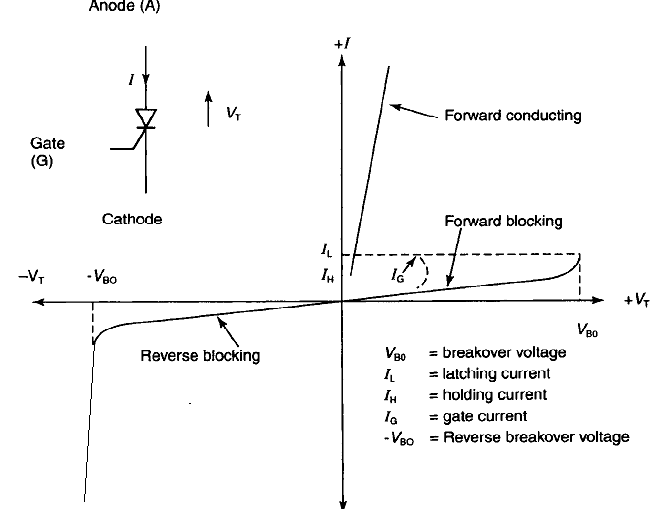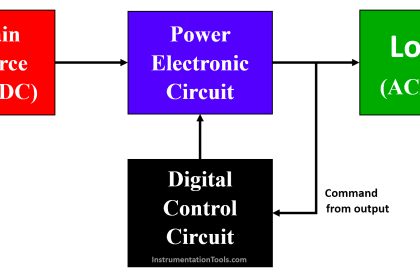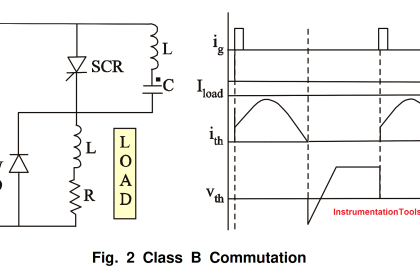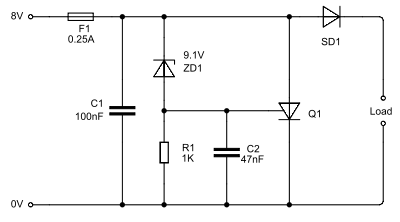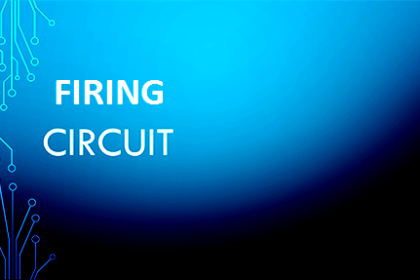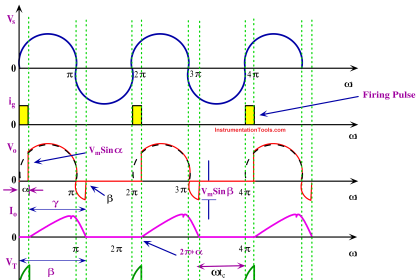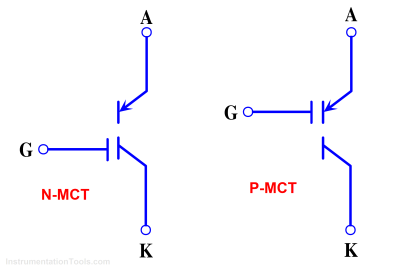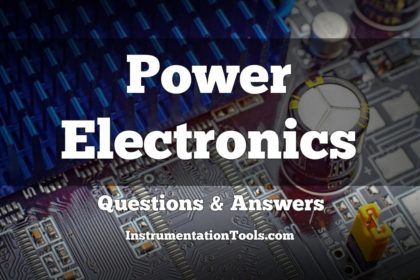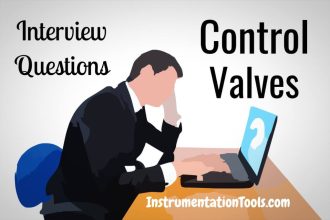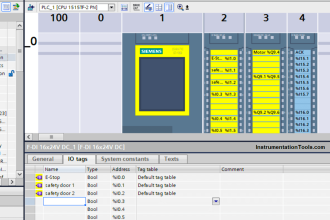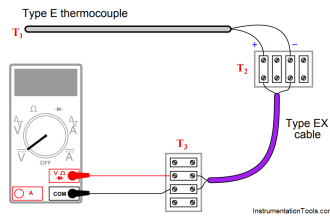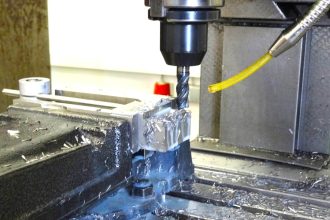- To tum on a thyristor, a low voltage, short duration pulse is applied to the gate (typically 4V, 100µs).
- Once the thyristor is turned-on, the gate loses control and the thyristor will only turn off when the load current falls virtually to zero, or the thyristor is reverse biased.
- The thyristor will turn off naturally with a.c. supplies as the voltage reverses (which is called as Natural Commutation), but no such reversal occurs with d.c. supplies and it is necessary to force a voltage reversal if tum-off is to occur. This process is called Forced Commutation. This post will give you a brief introduction about SCR commutation.
Commutation:
The process of turning OFF SCR is defined as “Commutation”.
- In all commutation techniques, a reverse voltage is applied across the thyristor during the turn OFF process.
- By turning OFF a thyristor we bring it from forward conducting to the forward blocking mode.
- The condition to be satisfied in order to turn OFF an SCR are:
- IA < IH ( Anode current must be less than holding current)
- A reverse voltage is applied to SCR for sufficient time enabling it to recover its blocking state.
- There are two methods by which a thyristor can be turned OFF.
- Natural Commutation
- Forced Commutation
Natural Commutation:-
- In AC circuit, the current always passes through zero for every half cycle.
- As the current passes through natural zero, a reverse Voltage will simultaneously appear across the device.
- This will turn OFF the device immediately.
- This process is called as natural commutation, since no external circuit is required for this purpose.
Forced Commutation:
- To turn OFF a thyristor, the forward anode current should be brought to zero for sufficient time to allow the removal of charged carriers.
- In case of DC circuits the forward current should be forced to zero by means of some external circuits.
- This process is called as forced commutation
